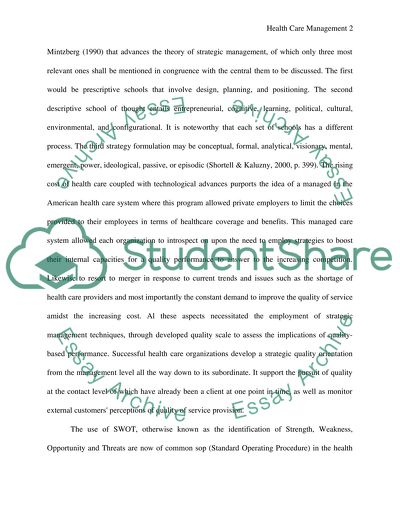Cite this document
(“Professionalism and Leadership in Healthcare Assignment”, n.d.)
Professionalism and Leadership in Healthcare Assignment. Retrieved from https://studentshare.org/health-sciences-medicine/1512069-healthcare-systems-management-essay
Professionalism and Leadership in Healthcare Assignment. Retrieved from https://studentshare.org/health-sciences-medicine/1512069-healthcare-systems-management-essay
(Professionalism and Leadership in Healthcare Assignment)
Professionalism and Leadership in Healthcare Assignment. https://studentshare.org/health-sciences-medicine/1512069-healthcare-systems-management-essay.
Professionalism and Leadership in Healthcare Assignment. https://studentshare.org/health-sciences-medicine/1512069-healthcare-systems-management-essay.
“Professionalism and Leadership in Healthcare Assignment”, n.d. https://studentshare.org/health-sciences-medicine/1512069-healthcare-systems-management-essay.


